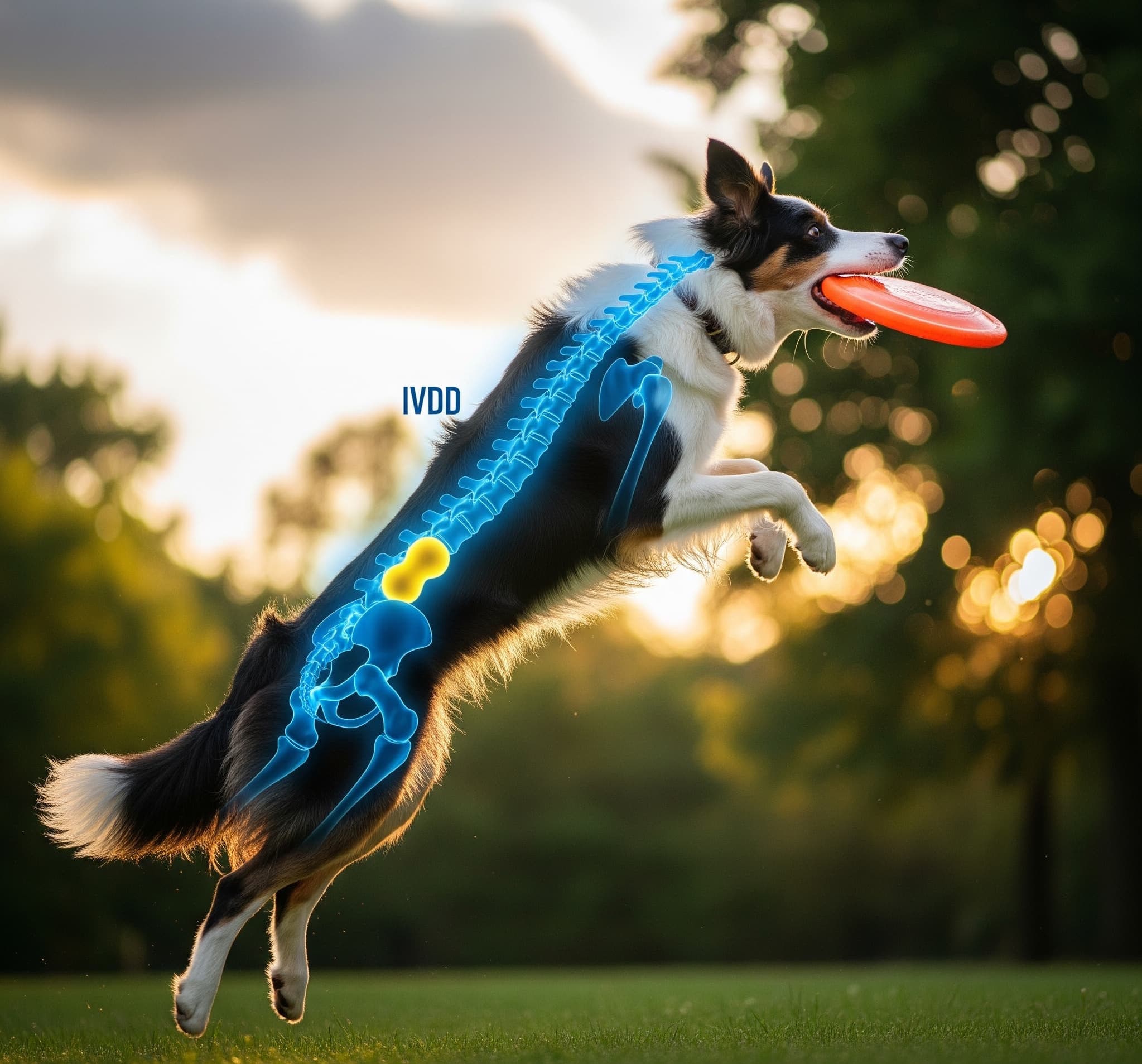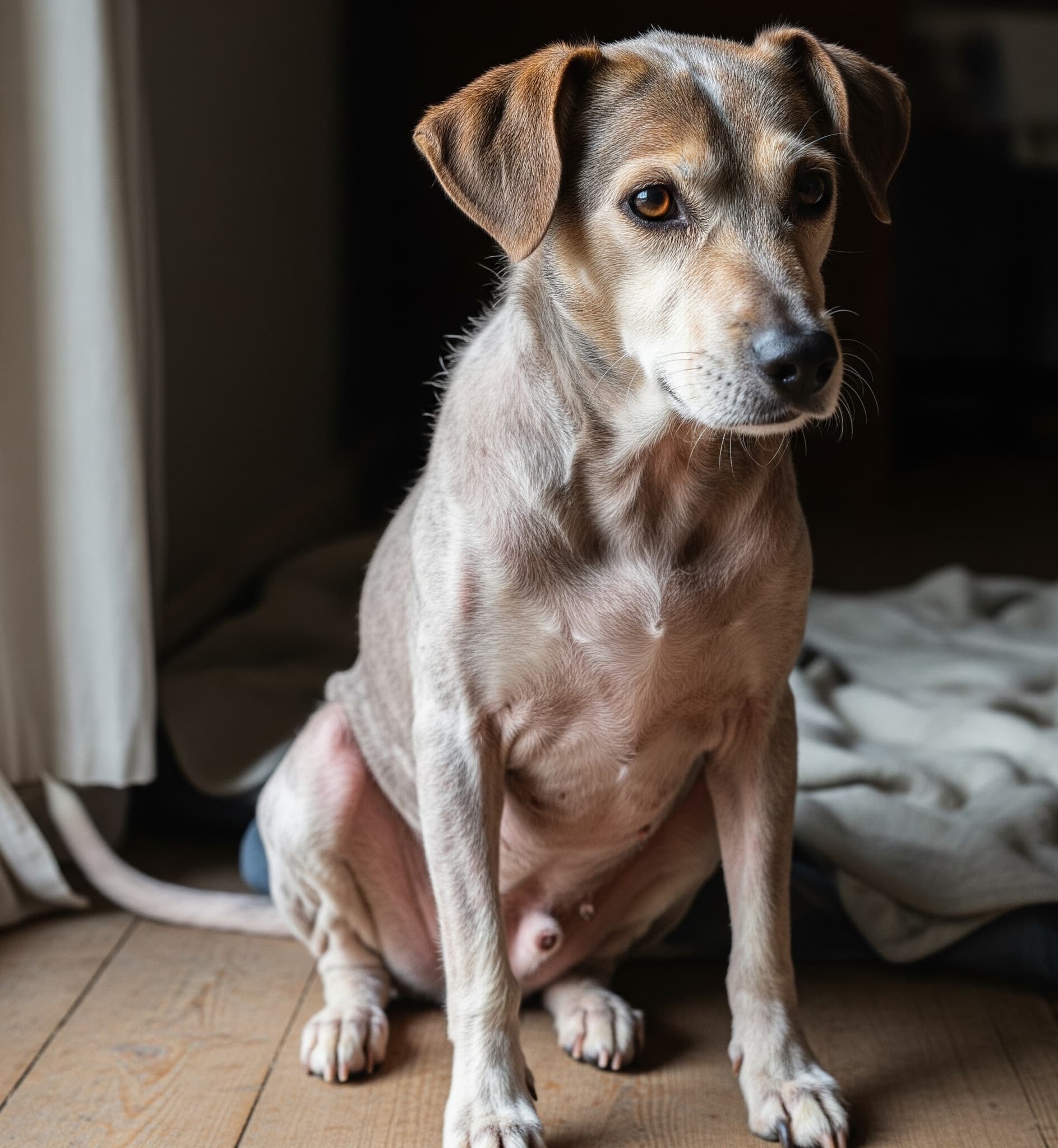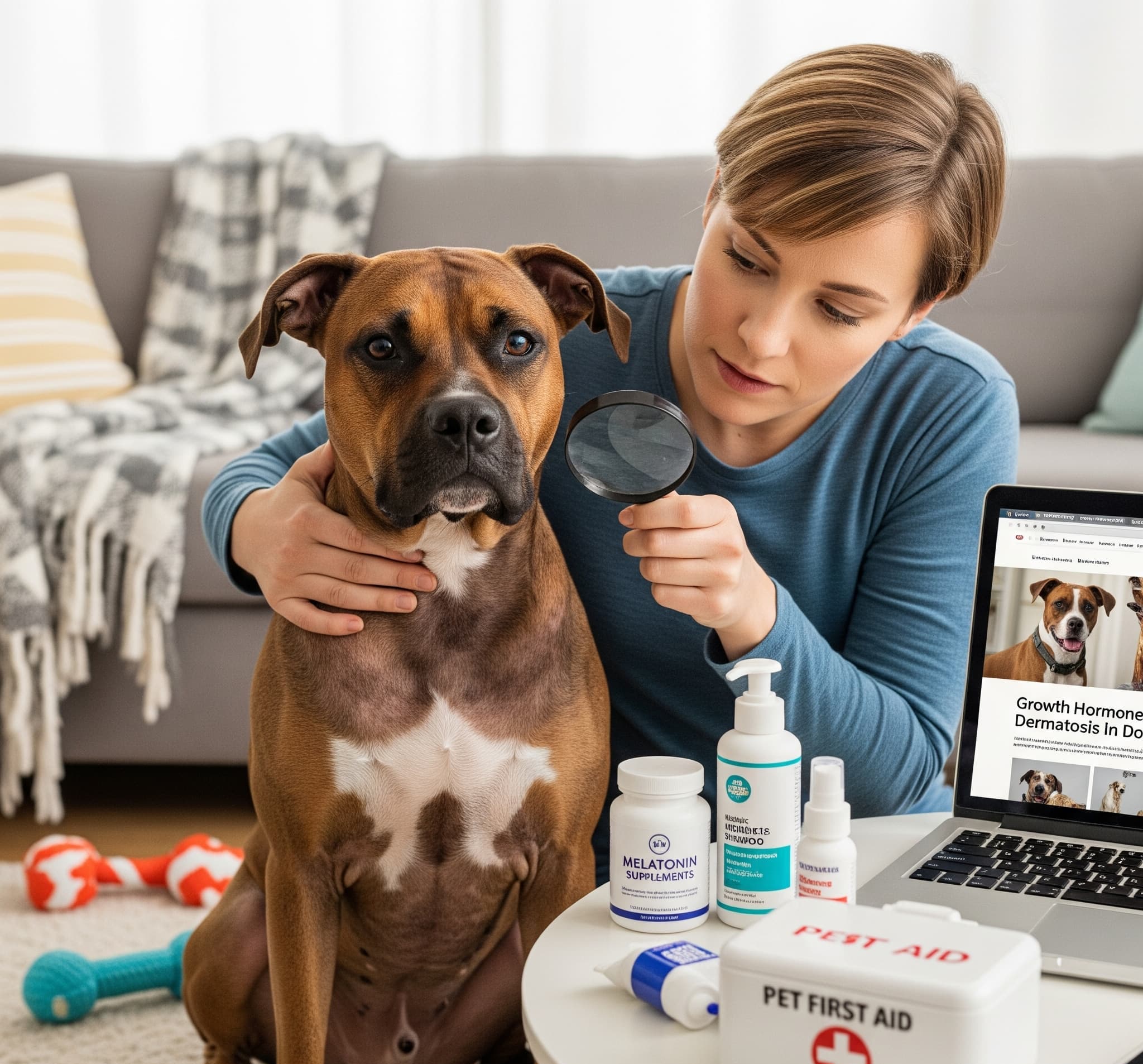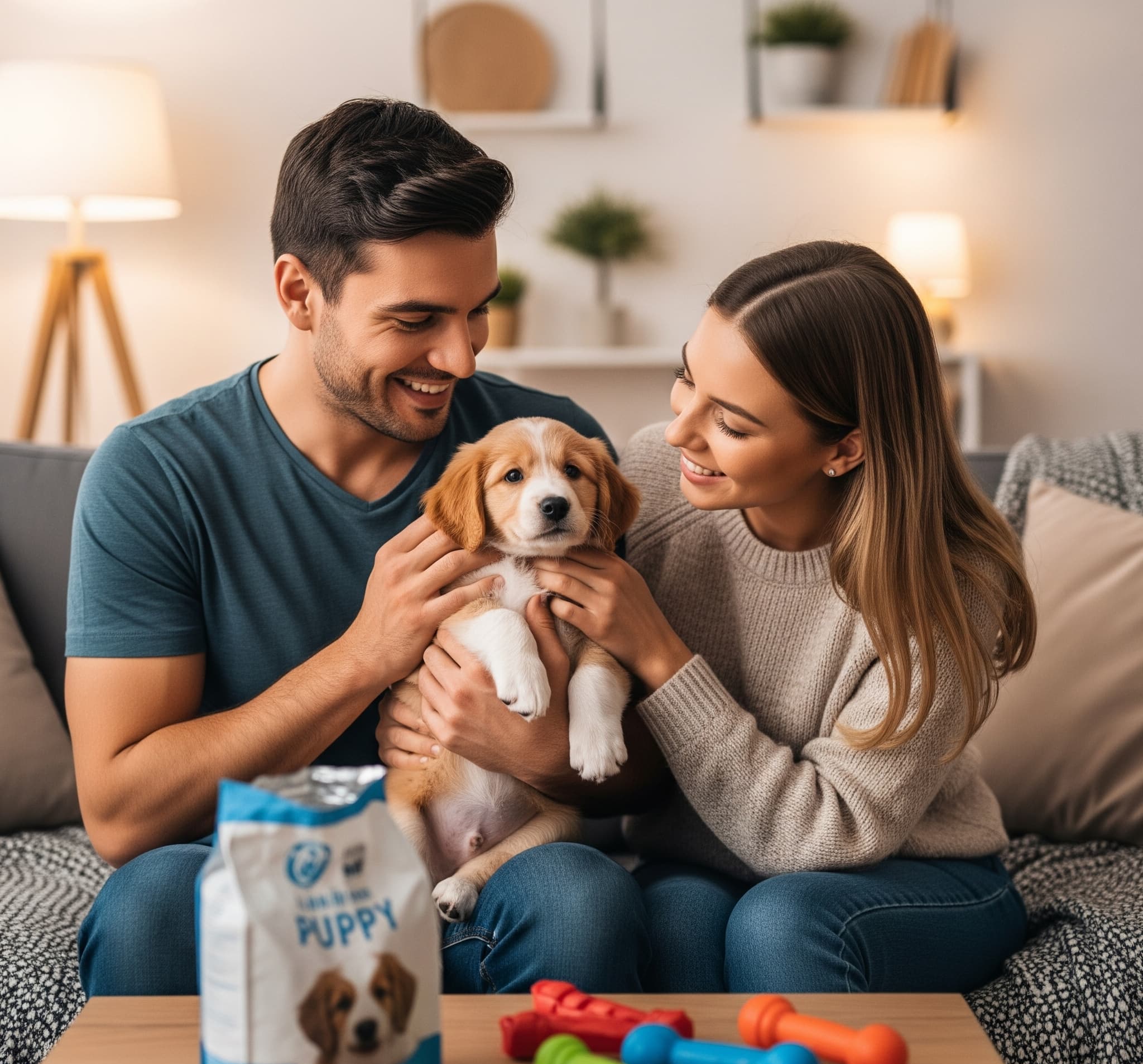Active Pet Lovers: How to Spot and Treat Grade 3 IVDD in High-Energy Dogs
Spot Grade 3 IVDD in busy dogs and check out how to treat it. Keep your best friend chasing squirrels, we’ll get you the scoop quick!
Hey friends! You know that epic moment when your wild-hearted buddy leaps for a Frisbee like it might disappear forever? Best memory ever. But what happens when, out of nowhere, your pup lucks out a yelpy “nope” and the zoom goes tap? Here comes Grade 3 IVDD, the spine villain you didn’t ask for. Standing for Intervertebral Disc Disease, it’s like a jelly donut jostling loose inside your dog’s back. No fun, right? If you’re outside scoring epic hikes or play-dates that end in a muddy ball gag, catching this sneaky issue early is super important. Keep reading, and we’ll ship you the tips you need to keep the zooming alive.
To help you get to the right info fast, here’s a snapshot of the guide’s main sections:
- What Grade 3 IVDD Is and Why It Matters
- High-Energy Breeds: How to Spot the Symptoms
- What to Do: From Couch Rest to Surgery
- Home Rehab: Helping Them Get Back on All Fours
- Questions People Ask the Most
What Grade 3 IVDD Is and Why It Matters
Think of your dog’s back like a flexible line of plastic bones with soft, squishy pads in between. Those pads are like little jump pads that help them bounce over life’s obstacles. IVDD happens when one of those pads bulges out, like a squished jelly side, and squishes the cord inside. Grade 3 isn’t the light, “Oops, over-stretched” stage, but it’s way better than the “Oops, can’t move” phase.
In vet talk, we give spinal problems grades from 1 to 5. Grade 1 means your pup’s stiff but still getting around okay. Grade 2 is when you spot the wobbly stroll. Grade 3? They can’t move their back legs at all. They might drag them or press them down like weird pancakes. The good news is they still feel things—if you squeeze a toe hard enough, you might see a tiny flick of a leg in reply. Think of it like their hind part is on a part-time vacation, but the vacation boss is still around.
Big jumpy dogs—like your frisbee-loving border collies or hollering jack russells—are easy targets because they never learn the word “pad to the floor.” The usual suspects are dachshunds, with their low-slung bodies, but even the fast ones can end up like this. A wild jump, a twist in mid-air, or just the wrong landing can fast-track a back disaster. The disease often barges in between 3 and 7, so don’t assume every pup’s too young to worry. Still, there’s a happy ending to write. Grab the vet, and chances are that Grade 3 pup can bounce back. The key is staying ahead of the problem so the spinal cord doesn’t get more upset—kind of like keeping pizza off the sofa to save the crumbs and the sofa reboot.
Picture this: your dog’s back is a super-busy highway. A disc that bulges is like a fender-bender blocking all lanes. When a pup is in Grade 3, traffic is slowed, but it’s not a total wreck yet. If you move fast, the jam clears and life goes on. If you don’t, it jumps to Grade 4 or 5, and the nerves go quiet. You’ve seen that dog dragging its back legs sad-eyed, and nope, that’s not a movie clip we want to star in. Let’s skip straight to the happy ending.
High-Energy Breeds: How to Spot the Symptoms
You can’t help but adore your dog’s turbo style, right? Breakfast zoomies, all-day fetch, and the wildest wiggle when the doorbell rings. But that whirlwind of fun makes it super tricky to spot IVDD. Trust me, these guys are champs at hiding owies. The first sign that the highway’s in trouble can show up in a tail-wagging play session.
Keep an eye out for a funny wobble, like they’ve sneaked a bowl of white wine. Sometimes, back legs cross or drag, wearing the fur off the knuckles. If you hear a sudden yelp when you gently stroke their spine, stop, WTF. Jumping is off-limits. The dog who never misses the couch now stares at the couch like it’s Mount Everest. If they hesitate, wiggle, or give a sad little whimper, that’s the loudest red light you can get.
By Grade 3, dogs can barely stand on their own and definitely can’t walk without a buddy holding their butt up. They may still wag a tiny section of their tail or kick a leg now and then, and that’s a small victory. But most of the time, their sides are tight and their back arches like a little angry rainbow. Catch a whiff of barking now and then, dude—they’re in so much ache that little surprise snapping can happen if you get steadier than a feather’s touch.
With the hyper dogs, Grade 3 Rail runs sneaky. First, a couple nights of small “whoops” butt pain after zoomies, then in an hour a walk to the ground. They’re back in the same except the member of the household that doesn’t in dogs. Think of it like that tiny “whoops” from leg still in your back after the hour abs class, am I right?
Watch for other clues, like an accidental “whoops” when turning on a linoleum floor or keeping the head hanging like a sad piñata. Is your crazy-zoom canine, Shammy, skipping the farm to her a ball slide?. Yep, it’s time for a nap.
Hit up the vet like you’re sipping from a ground-rotted rah first robot rainbow soda.
What to Do: From Couch Rest to Surgery
What’s the game plan? Take it to the vet and they’ll give you the 411. Veteran, you’re on the tail end, then boom, they’ll vet you can do pain, rehab or, for the big deal, belly surgery. You’ll still ramicorn you probably half-lebv my Pug, which makes me laugh, and that prescription will bring you just that desperately needed belly. Both routes can then put winds back right o the stack, അസന്നൂഷ്ഘ്ട. And dogs keeping their can canine get tail wagging on again.
Conservative care means a strict time-out and some meds. Think of a crate as your pup’s little vacation home for 4-6 weeks. Zip the zoomies and the drama. Pain meds like gabapentin are like a comfy blanket for the nerves, while NSAIDs take down the swelling. Muscle relaxers keep the hyper pup a little calmer, and toss in some anti-inflammatories for the bonus points. A handful of vets mix in a little acupuncture or laser work if the pup feels like it, too.
Grade 3 pups usually do pretty darn well. A study showed all husky little Grade 3s got up and walked again, and that was with just the crate and some chill vibes. Still, keep your eyes wide open; if your pup seems worse, it’s time for a plot twist.
Surgery steps in when the meds and crate just aren’t cutting it. A vet team runs an MRI or CT to find the squished-in disc. They then clear the jam with something called a hemilaminectomy—sounds like a dessert, right? Most pups are walking for short spins in 1 to 3 weeks. Success rates can sparkle over 96%. Faster recovery means your goofy dog gets back to the park earlier, but it’s a pricier, riskier road.
Which route? Talk to your vet like you’d ask a coach about game day. If pain’s deep and things aren’t getting better, surgery in a flash. If things are steady and the pup can still chew a bone, rest and meds get the first shot. Think of it like picking your gym game: some do the lifting boot camp, others do yoga with a puppy on lap. Whatever you go with, early is everything.
High-energy dogs bounce back like rubber balls. They’re not crate fans at all, so calming meds can really help. A chill pupper sleeps better—and better sleep means quicker healing, hands down.
Recovery at Home: The Real Healing Begins
Once the vet visit’s over, the real team effort starts. Create a quiet corner that feels like a doggy retreat—crate or exercise pen, pillow-mountain-style bedding, and zero stairs or leaps. A sling keeps ‘em steady for bathroom breaks—support those back legs like a warm lift from a friend.
For exercise, think slow and steady. A few seconds spent gingerly standing can build those muscles. Pro trainers can whip up a perfect plan, maybe even hydrotherapy, where the dog swims and feels like they’re on a lazy river vacation. There’s also laser therapy, which is like tiny superheroes zapping away ouchie spots.
Super-hype dogs think impatience is a full-time sport. They see the yard and want to race. Redirect that energy: Short walks, maybe three to five minutes, with the sling keeping back legs safely supported. Key signs of moving in the right direction? A wagging back tail and the muscles in that leg of theirs twitching. The finish line is usually six to twelve weeks, and polish can take longer, honestly.
I feel for you—watching your playful buddy on a “stay chill” vacation is like sharing popcorn with someone who can’t eat it. But it’s a pit-stop, not a forever line. Toss in quiet puzzles or frozen chew toys, then peek at this YouTube treasure: https://www.youtube.com/watch?v=EOL35QWcZ4E. Dr. Webb demos wiggle-tastic exercises you can do right there at home, like doggy yoga with bonus wagging gratitude.
Preventing another injury is the name of the game! Set up ramps for the couch, watch the food bowl, and say no to the jump that sends us flying. Swap collars for a comfy harness so your pal still feels sporty. Trust me, your goofy sidekick will serve a slobbery thank-you.
Got Questions (FAQ)
What makes a bouncy dog get Grade 3 IVDD?
It’s a bad combo of genes and accidents. Doxies are classic suspects, but any long body, big chase-sprint game, or tug o’ war can stress those discs until boom, they jelly out.
Will my dog bounce all the way back from Grade 3?
Absolutely! Most dogs do, especially when they get the right care. Either chill-out treatment or a snip-the-disc-op—if your dog’s still feeling the earth with its back foot, they’re in great hands.
Crate rest—how long, really?
Most of us go for a smashing 4 to 6 weeks. But your vet drives the clock, so keep those eyes wide and listen. Yes, the walls get small, but a speedy keep-the-body-still trip to full bouncy is better than the drag to fix a missed bounce.
Is the OR a must for Grade 3?
Nope. Plenty come back strong with rest and meds. But if your pooch seems stuck in stationary mode after a few days, the OR’s the “hey, let’s fix it for real” option and it can be super handy.
How to keep your active furball IVDD-free?
Trim those treats and extra crumbs at the bowl, block those “I’m flying the couch” jumps, and roll those orthopedic ramps up. Folks who book regular vet check-ups can catch those dig in super early and dish out the fix right away.
Conclusion
Wow, we’ve covered a ton—from that funny little side shuffle to getting your high-energy pup back to chasing balls like a pro. Grade 3 IVDD is definitely a wake-up call, not a goodbye. Notice the signs, pick the right plan, and stick with the healing. Your dog’s spine is tougher than it looks, and so are your pup’s brave vibes. A speedy vet trip is the best insurance for staying mobile. Keep the tail-wagging trips rolling, just in slower motion for a bit.
If this sounds like your dog, don’t hesitate—call the vet the minute you spot any red flags. We want to hear your dog’s journey in the comments—questions, success stories, or best-pointer-on-the-couch pics are all welcome. Already figured out a killer recovery hack? Lay it on us! If this guide gave you “aha!” moments, hit that subscribe button for more pet-parent love or pass it to your dog buddy on Group Chat.




Post Comment